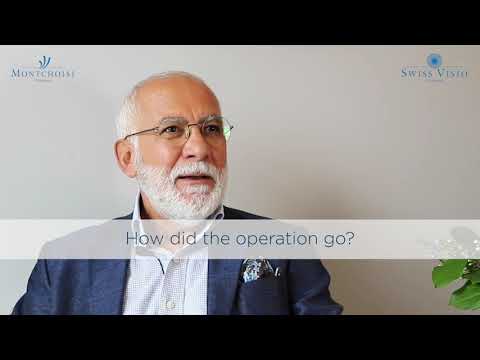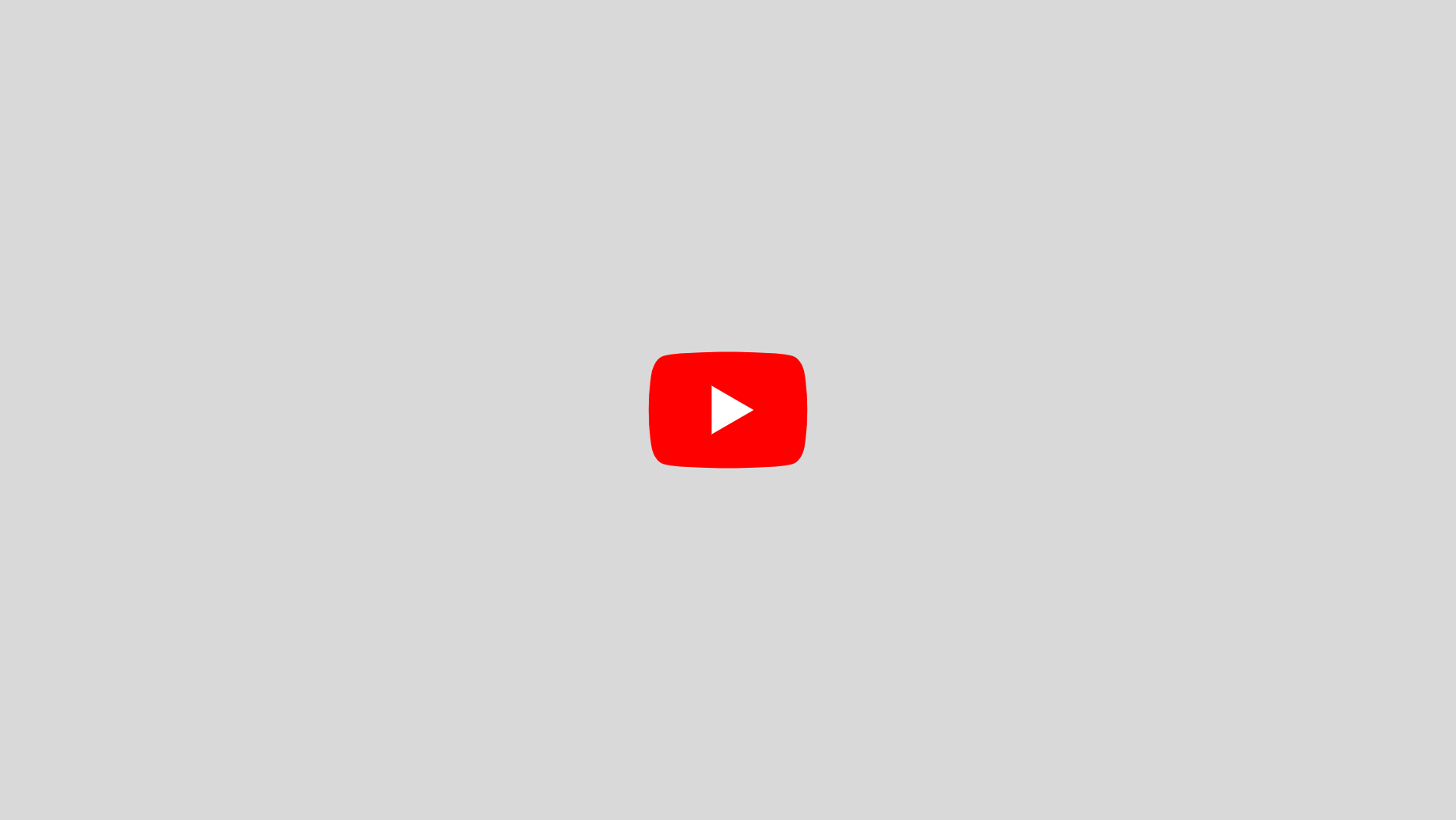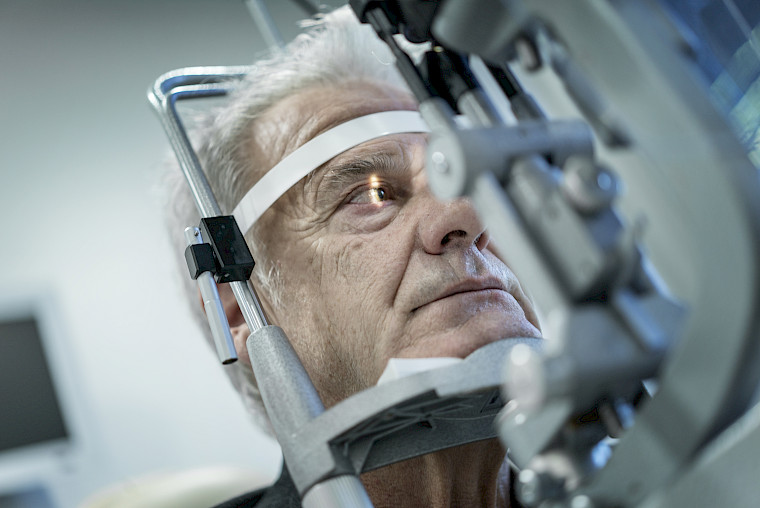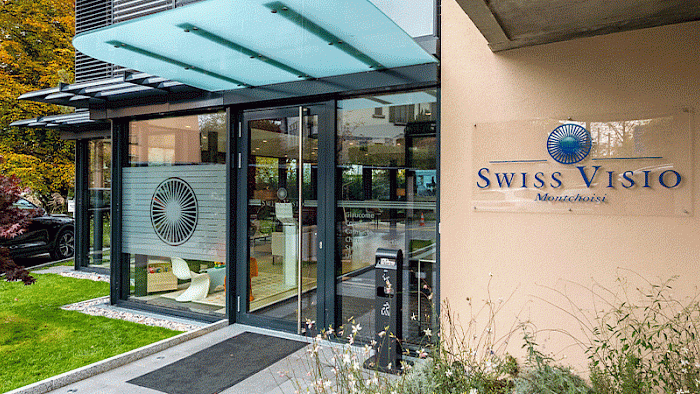Invented in Lausanne at the EPFL, the eyeWatch is a microscopic drainage tube used in glaucoma surgery. Made from biocompatible materials, this innovative device uses a magnetic valve to control intraocular pressure. By adjusting the valve, the post-operative complications associated with some conventional surgeries can be reduced. The eyewatch is thus the first device in the world to enable glaucoma surgery to be tailored to individual needs. Almost three years after it was first installed by Dr Mermoud at the Clinique de Montchoisi in Lausanne, its use continues to grow, and international journals have already devoted several articles to it. The initial long-term results have caught the attention of specialists in the scientific community. At the end of 2019, the eyeWatch also received the CE mark (European conformity), enabling it to be marketed in Europe. This certification indicates that the health, safety and environmental protection standards comply with the European Economic Area. Clinique de Montchoisi has exclusive rights in Switzerland.
- Our centresback
Our centres
- Centres for refractive surgery
- Swiss Visio Beau-Rivage
- Swiss Visio Bellinzona
- Swiss Visio Biel/Bienne
- Swiss Visio Chavannes
- Swiss Visio Eaux-Vives
- Swiss Visio Fribourg
- Swiss Visio Genolier
- Swiss Visio La Providence
- Swiss Visio La Tour-de-Peilz
- Swiss Visio Lausanne Prélaz
- Swiss Visio Lausanne-Gare
- Swiss Visio Lutry
- Swiss Visio Martigny
- Swiss Visio Montchoisi
- Swiss Visio Moutier
- Ophthalmology
- Laser surgery
- Doctor directory
- Patients & Visitors
- About us
- Our centresback
Our centres
- Centres for refractive surgery
- Swiss Visio Beau-Rivage
- Swiss Visio Bellinzona
- Swiss Visio Biel/Bienne
- Swiss Visio Chavannes
- Swiss Visio Eaux-Vives
- Swiss Visio Fribourg
- Swiss Visio Genolier
- Swiss Visio La Providence
- Swiss Visio La Tour-de-Peilz
- Swiss Visio Lausanne Prélaz
- Swiss Visio Lausanne-Gare
- Swiss Visio Lutry
- Swiss Visio Martigny
- Swiss Visio Montchoisi
- Swiss Visio Moutier
- Swiss Visio Palézieux
- Swiss Visio Pfäffikon
- Swiss Visio Research Centers
- Swiss Visio Saint-Imier
- Swiss Visio Sierre
- Swiss Visio Siloah
- Swiss Visio Valère
- Swiss Visio Zürich
- Ophthalmology
- Laser surgeryback
Laser surgery
- Doctor directory
- Patients & Visitors
- About us
close search









